Sinigang na Bangus sa Bayabas Recipe with overripe Guava
This Sinigang na Bangus sa Bayabas recipe hails from the Province of Pampanga. The natives of this area called this in their local dialect as Bulanglang a Bangus.
Bulanglang literally means the main soup dish that is cooked with guavas. Bayabas, on the other hand, is the Filipino or Tagalog term for “Guava”.
Since the Philippines has a tropical climate, guavas or Bayabas grows almost anywhere.
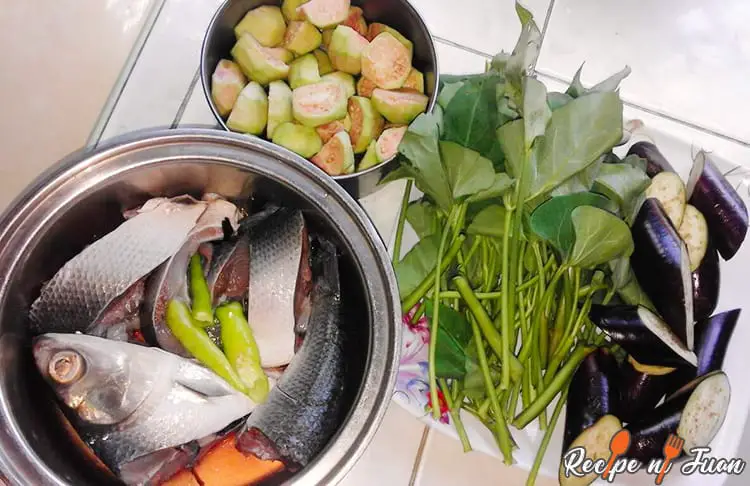

Check out our new cookbook
Bitemybun's family recipes with complete meal planner and recipe guide.
Try it out for free with Kindle Unlimited:
Read for freeIn this post we'll cover:
Sinigang na Bangus sa Bayabas Preparation and Tip
To make this Bangus sa bayabas recipe, you will need to use fresh and ripe guavas.
Yes, the ripe guavas are the essential ingredient in making a delicious broth for this dish. The unripe guavas give a bitter and pucker taste to the sinigang sa bangus soup.
Choose the guavas that are actually overripe. Peel and boil them for about an hour, let cool and then scoop out the seeds.
The seeds of the guava are inedible because they are indigestible so better take them out.
Now if there are no fresh guavas available in your area, you can always use the instant guava powder available at most Asian groceries, and even Amazon has some:
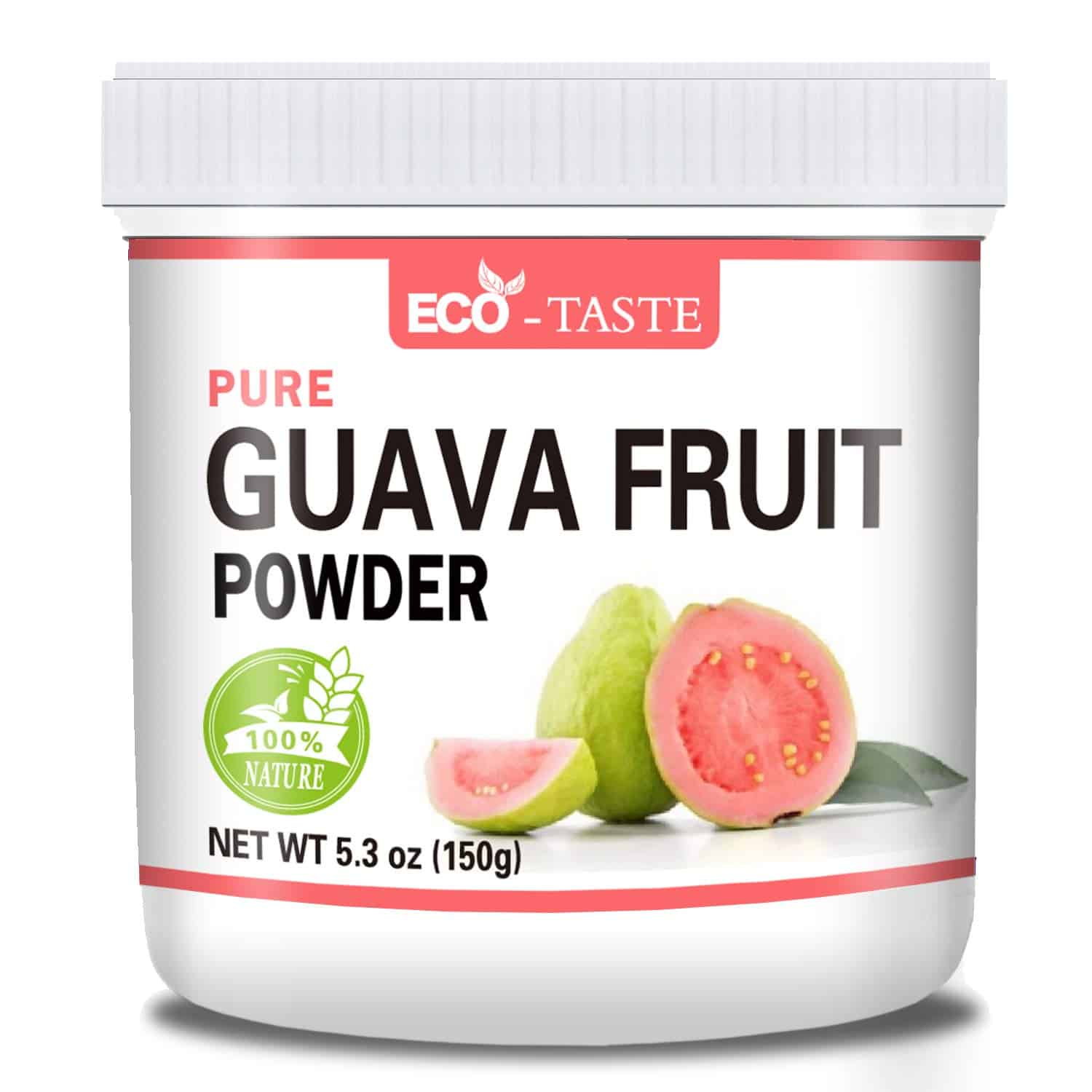
But of course, the taste and texture of the broth would not be the same as compared to using the fresh ones.
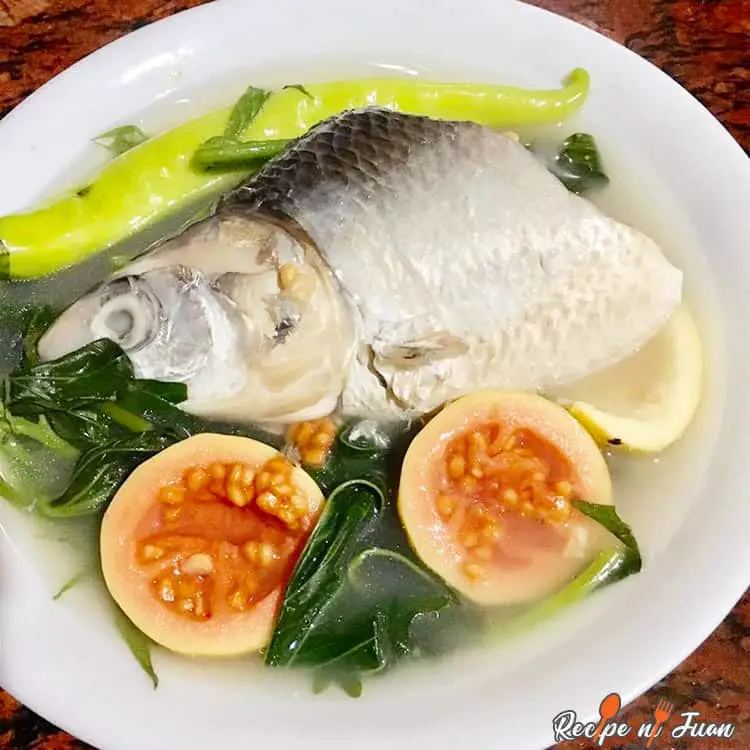
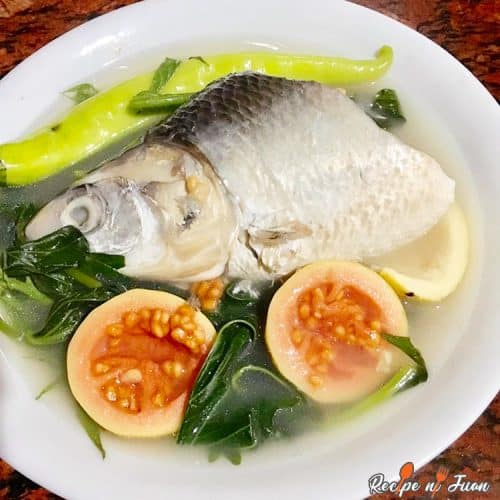
Sinigang na bangus sa bayabas recipe
Ingredients
- 1 medium milkfish (bangus) cleaned and scales removed and sliced into steaks (4 Slices according to the size of Bangus)
- 2 cups baby spinach
- 4 pcs guava (ripe)
- 8 pcs okra
- 1 small onion wedged
- 2 medium tomatoes wedged
- 2 pcs Jalapeno pepper
- 2 tbsp fish sauce
- 1 tsp ground black pepper
- 5 cups water
Instructions
- Pour the water in a cooking pot. Bring to a boil.
- Put-in the guava, tomato, onion, and whole peppercorn. Let it boil. Continue to boil (covered) for 15 minutes or until the guava and vegetables are soft. You may add more water if needed.
- Using a fork of a potato masher, mash the guava and vegetables inside the cooking pot to extract the flavors. This is an optional step, be extra careful.
- Pour-in the fish sauce. Stir.
- Add the milkfish. Cook for 5 to 10 minutes in medium heat.
- Add the okra and Jalapeno. Continue to cook for 5 minutes.
- Put-in the spinach. Cover the cooking pot. Turn the heat off. Let the spinach stay in the pot for 5 minutes.
- Transfer to a serving bowl. Serve.
- Share and enjoy!
Video
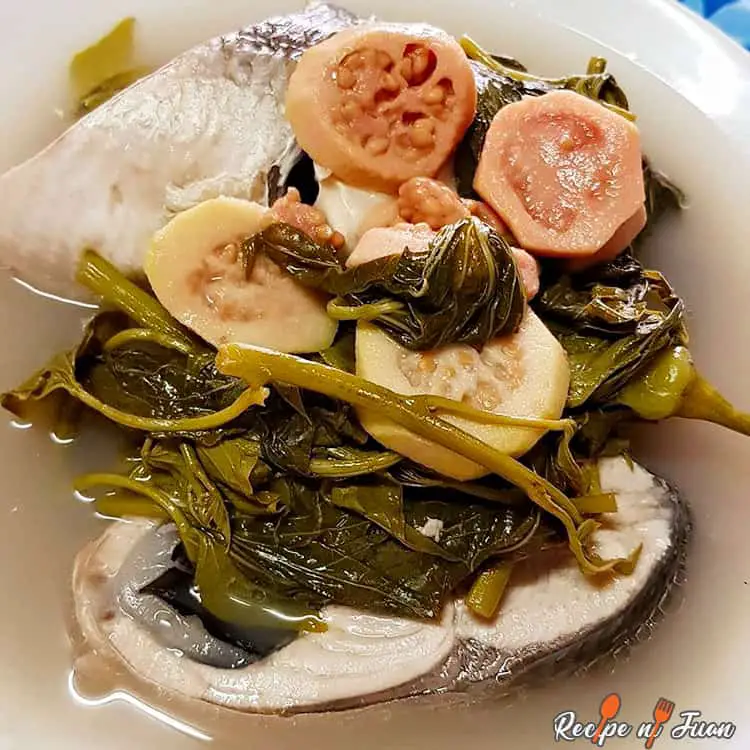
In this Sinigang na Bangus sa Bayabas recipe, vegetables are added for color, taste, and texture. The broth of dish is packed with Vitamin C and other nutrients that the human body needs.
Typically, kangkong or swamp cabbage is added along with okra or ladyfingers. To make your broth thicker, add in some slices of Gabi or Taro and boil this with the guavas.
And if you have some extra cabbage you can turn it into this Pesang Manok recipe for the next day.
The vegetables are stirred in when the taro is already soft and tender. The bangus is added last so that it would not be mushy.
Enjoy cooking this Sinigang na bangus recipe. Have a nice day and enjoy our recipe. You can also try searching for our different types of Sinigang Recipes like na baboy.
Check out our new cookbook
Bitemybun's family recipes with complete meal planner and recipe guide.
Try it out for free with Kindle Unlimited:
Read for freeJoost Nusselder, the founder of Bite My Bun is a content marketer, dad and loves trying out new food with Japanese food at the heart of his passion, and together with his team he's been creating in-depth blog articles since 2016 to help loyal readers with recipes and cooking tips.
